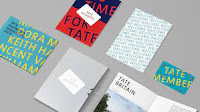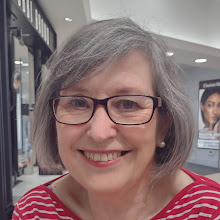 This is the Willow Tree figurine "friendship". [I gave one of these to my dear friend Christine for Christmas 2019] I have been thinking about friendship a lot recently. I have some friends who I've known forever, others I have only met recently. Some I see often, others I see rarely.
This is the Willow Tree figurine "friendship". [I gave one of these to my dear friend Christine for Christmas 2019] I have been thinking about friendship a lot recently. I have some friends who I've known forever, others I have only met recently. Some I see often, others I see rarely.
And some friends [Kezzie, Bless, Lesley, Nicky, PomPom et al...] who I only know through the blog, yet they are still dear to me. One day perhaps I will get to meet them.
The pandemic has made it so much harder for us to relate as we'd like to. A local friend rang on Saturday to say her husband had died. Bob and I visited her - and I so wanted to give her a hug, but couldn't.
But I appreciate my friends so much - I had a WhatsApp out of the blue from a friend back in Dorset "just thinking of you and hoping retirement it OK...etc". It arrived at just the right moment. Someone else has just become a Grandma, and I sent a small gift for the baby - her thank you card was lovely. The picture was pretty - but the words inside were really special.
It was lovely to have a brief phonecall with ElizabethD[Barbara] of Small Moments Blog this week. She is recovering well from her op, and quite tired- but in good spirits. She expressed her gratitude for the letters, kind words and prayers of so many friends at this time. For over a decade she has been a kind, wise friend to me.
I recently asked a favour of a much younger friend, who I haven't seen since I left Leicester. She is kindly helping me out and was genuinely delighted to be able to do so.
Friends value one another, help one another, encourage one another [and sometimes gently point us back to the right path if we are going astray] Friends are loving, but honest.
Let us not take our friends for granted - remember to say thank you
Let us never assume we can only be friends with 'people like us'
and let us try to befriend the friendless, because friendship is a blessing we should share
This was my Christmas gift from Chris in 2019.
Treasure your friends, for they are stars who light up your life


















































